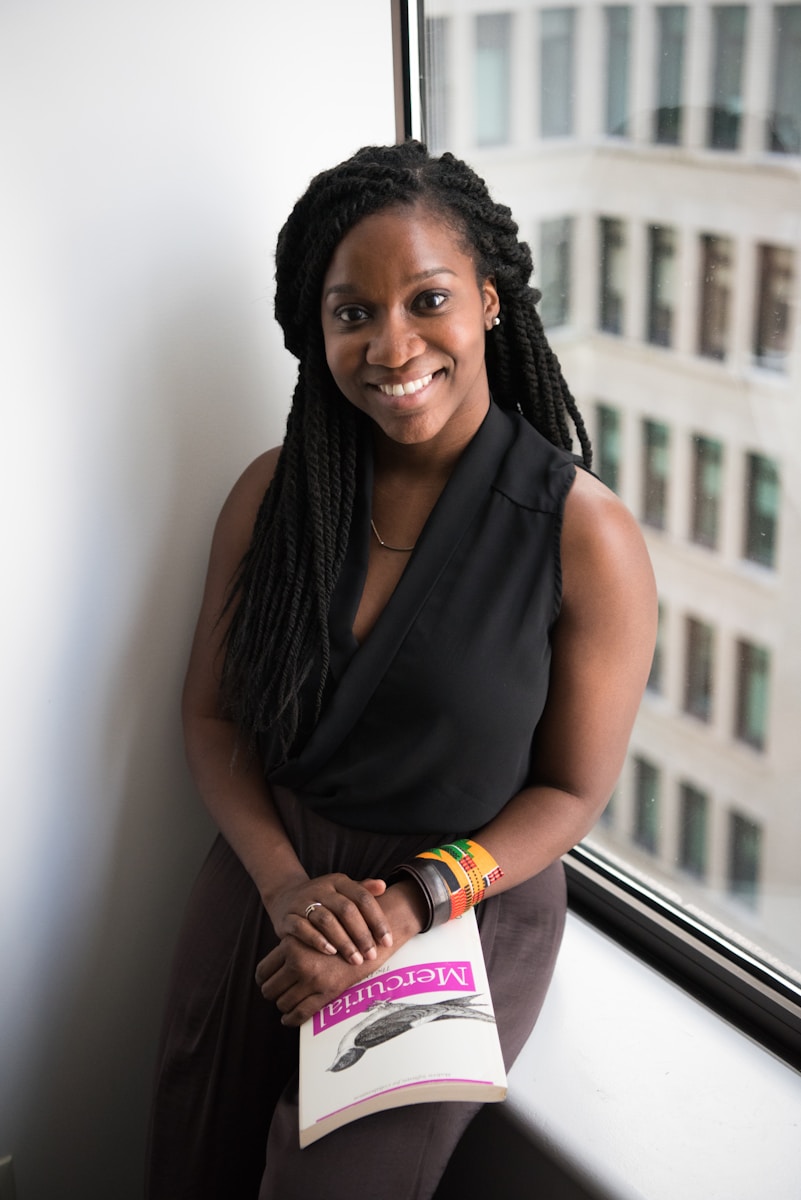
In the world of women’s clothing, a 4 is a 2 is a 6. Everything is relative — unless, of course, you’re shopping in Brandy Melville’s teen-“friendly” SoHo store, where the only size is small. (“One-size” reads labels that don’t even bother with the usual “fits all” addendum.)

One of the most infuriating American pastimes occurs within the confines of a dressing room. But where do these seemingly arbitrary sizes come from?

“True sizing standards didn’t develop until the 1940’s,” says Lynn Boorady, fashion and textile technology chair and associate professor at Buffalo State University. “Before then sizes for young ladies and children were all based on age — so a size 16 would be for a 16-year-old — and for women it was about bust measurement.”

The origins of women’s clothing sizing date back to the 1940s, when the Department of Agriculture surveyed the sizes of approximately 15,000 women to create a standard sizing system. The survey was inspired by the fact that US manufacturers estimate they lose $100,000 a year due to a lack of fixed dimensions.

Researchers Ruth O’Brien and William Shelton measured the women at 59 different places and came up with a set of measurements that used to be based on age and bust size measured.

However, this system proved problematic, as it assumed that women of the same bust size had the same body proportions and height. The booming catalog industry mainly used the system, which catered to rural customers with limited access to stores.

In the late 1940s, the Mail-Order Association of America, representing catalog businesses such as Sears Roebuck, sought assistance from the National Bureau of Standards (now the National Institute of Standards and Technology) to revise the sizing system.

They used the measurements of women who had served in the Air Force, some of the fittest people in the country, to create a new standard that was published in 1958 as “Commercial Standard (CS) 215-58”.

The 1958 standard was more varied than what you’ll see in stores today, but it was still largely arbitrary. For example, a woman who had a 34-inch bust and a 25-inch waist, much like Marilyn Monroe, was considered to be a US size 12 (equivalent to a UK 16).

However, today a size 12 would fit a woman with a 39-inch bust and a 32-inch waist. This shows how much clothing sizes have changed over the past 50 years.

One of the reasons for this change is that people today are generally larger than they were in the past, due to factors such as nutrition, health, and lifestyle.

Another reason is that some brands apply “vanity sizing”, where they label clothes smaller than they are to make customers feel better about their size. This creates confusion and inconsistency among different brands and retailers, making it hard for women to find clothes that fit them well.

The Washington Post created a chart using data from the American Society of Testing and Materials, which shows how sizes based on the same measurements have changed over the past 50 years. The chart reveals that “a size 8 dress of 1958 doesn’t even have a modern-day equivalent — the waist and bust measurements of a Mad Men-era 8 come in smaller than today’s size 00”.

The lack of a universal sizing standard for women’s clothing has been a source of frustration and dissatisfaction for many consumers, who have to spend more time and money to find clothes that suit them.

Some advocates have called for a more accurate and inclusive sizing system that reflects the diversity of women’s bodies and preferences. Until then, women will have to rely on their measurements and trial and error to find their perfect fit.
Relevant articles:
– Women’s Clothing Sizes: When We Started Measuring Them | Time
– Chart shows shocking change in women’s sizes – Good Housekeeping
– Your Dressing Room Frustrations Have Just Been Validated – E! Online
– The Origins of Clothing Sizes – Seamwork

